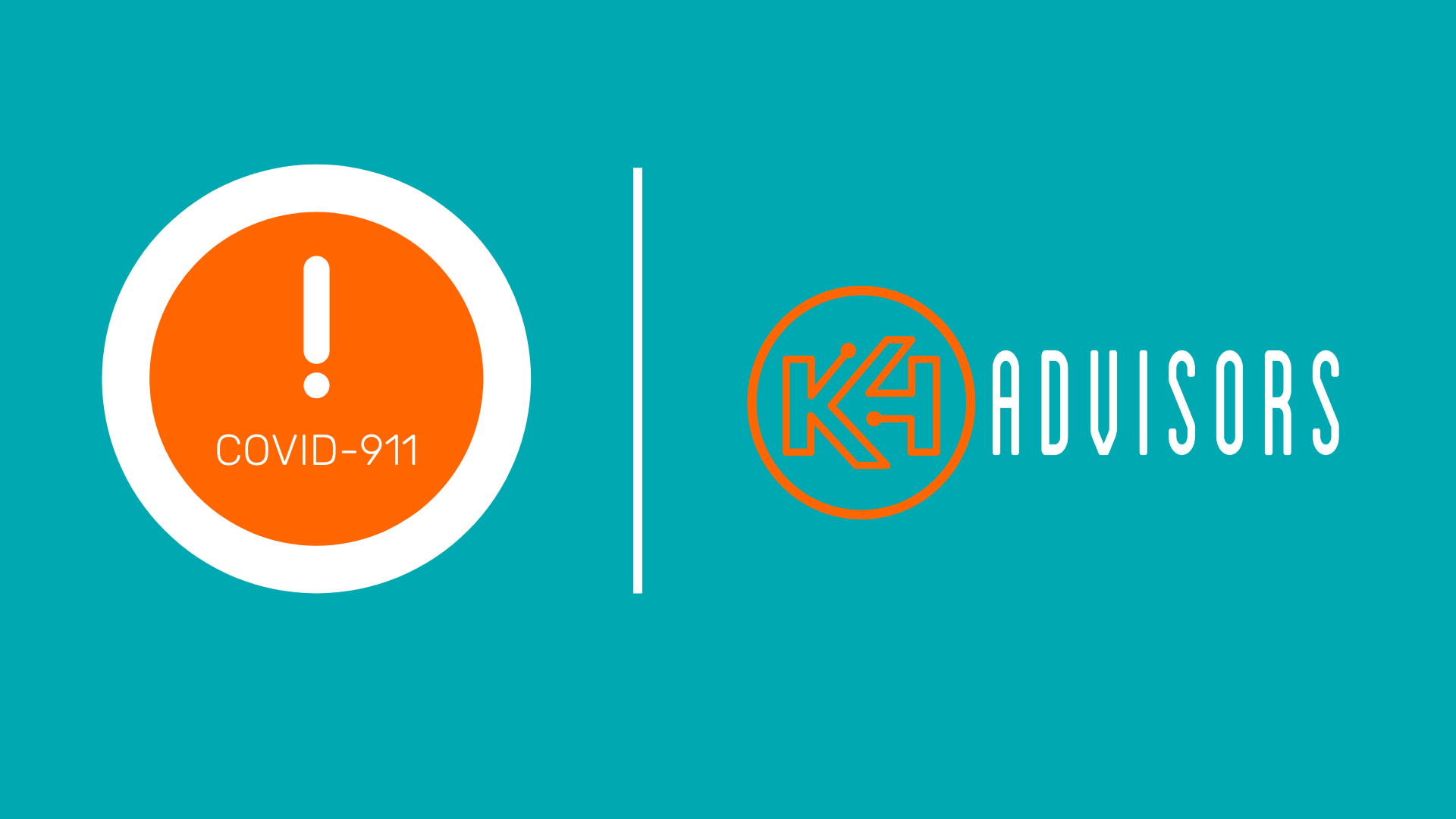“While the full impact of COVID-19 remains unclear, we are beginning to speculate on how senior living as we know it, may be changed forever. “
By: Cindy Phillips | Managing Partner, K4Advisors
May 7, 2020
Like any disruption or crisis (Covid-19 included), there are always new ideas that emerge, but in some cases those ideas can be contradictory, making it even harder to decide what to do or how to emerge smarter, more agile and better able to serve your customers.
While the full impact of COVID-19 remains unclear, we are beginning to speculate on how senior living as we know it, may be changed forever. As I spend time doing that, what I am finding most interesting is that many of the changes I foresee are almost opposite of the existing norm. This provides a catalyst for innovation by way of resolving the competing sides of a paradox.
Paradox is not a word we use in everyday life – but it seemed to fit perfectly. Merriam Webster cites under the definition – The ancient Greeks were well aware that a paradox can take us outside our usual way of thinking. They combined the prefix para- (“beyond” or “outside of“) with the verb dokein (“to think“), forming paradoxos, an adjective meaning “contrary to expectation.”
Here are 8 paradoxical contradictions I believe will drive change in our industry:
- Dining-In vs. Take-Away – This was a budding trend in 2019, and COVID-19 has locked it in. Whether it has seasonal swings, there will be a segment of residents wanting both dining options. If communities add more “spacing” to venues, either by reservation times or less tables, some will not want to risk it nor may want to wait for an available time. Carry-out and grab-n-go will follow the trends of the larger U.S. population, and the industry needs to invest in tools for on-line ordering, packaging for grab-n-go, and resources for delivery.
- Virtual vs. In-person Community Activity – While born of necessity, virtual events, classes and religious services have become a norm in senior living programming. Why would this change? Hard to estimate the percentage split, but virtual should be part of the mix and offer residents the choice. It would naturally follow that at least one member of the activity or wellness staff will be dedicated to this modality.
- Content Curators vs Content Creators – Following the same thread of #2, we have seen some very engaging and popular online content, especially appealing to older adults, emerge during this social isolation period. Automating familiar games or activity, but also providing new educational material, how-to videos, virtual trips around the world, etc. For years, community staff have been responsible for designing and creating things to do, maybe their roles are evolving to “curators.” It opens up a world of possible content and reaches a much wider audience of residents.
- Virtual Sales & Marketing vs. Group Events & Community Tours – It has been commonplace in senior living to rely on leads to convert to event attendance to convert to private community tours to ultimately convert to move-ins. Things have changed. Most sales team are re-thinking their entire approach, knowing that social media marketing will be even more critical, and leveraging current resident networks to drive referrals. Telephone selling and closing skills will be paramount, and higher quality virtual tours (drone footage for larger campuses) will be a must-have. Appointment setting and information sharing may go through a website chat-bot, so more staff is available to run small group events for the “hottest” leads.
- Self-Service vs. White-Glove Service – Several years ago we started seeing an infusion of a hospitality mindset in senior living. In my opinion, it has improved the overall look and feel of many communities and has improved our image. However, the use of self-service kiosks in hotels and airports, voice-activated or AI customer agents and driverless shuttles are finding a place in the service spectrum. No longer seen as a cost-cutting measure, they can increase efficiency and provide “no-touch” engagement with customers. Think of how much faster you could re-open your business today (with Covid-19) if some of it was self-service. Both service types will be critical to future success.
- High-Touch Care vs. Focused-Touch Care – In assisted-living, and even in independent or retirement living, often a selling point is the quality of care, the amazing staff, and the attention a prospective resident will get. But the realities of a caregiver shortage, combined with the infectious disease protocols that require quarantining and excessive PPE use, maybe we should be looking for ways for limited but focused-touch care. Using wearables to monitor temperature or blood pressure or using personal video devices to gather data without entering a room or apartment, enables staff to monitor residents without using PPE to provide hands-on care for only those who need it. Analytics and predictive health monitoring will enable providers to quickly identify who needs help first, and likely before it becomes an acute event. Some worry technology could de-personalize caregiving, but I believe it can increase the attention and targeted care we offer.
- Reactive vs. Proactive Communication – Residents and families have always asked for open communication, it has been the #1 action item on almost every satisfaction survey. COVID-19 has demanded a regular cadence of communication and we will never go back. Why should we? The topics will change, but the pattern of having a daily or weekly social feed of information will bring comfort to many. A more engaging dialogue has been started and the successful communities will not let it end.
- Separated vs. Connected – The physical separation dictated by COVID-19 has forced us to address the hole it created in the social and emotional well-being of residents – especially if future waves are expected later in the fall. By what has been overlooked, is that social isolation was an issue before COVID hit us. A joint University of Michigan-AARP study released almost exactly a year ago reported “1 in 3 adults over age 50 lack regular companionship, and 1 in 4 say they feel isolated from other people at least some of the time.” We need to look beyond the creative stopgap measures we have put in place during COVID and keep looking for ways to create more connection and engagement opportunities for seniors. Through all eight dimensions of wellness, the use of technology, and with the help of families, volunteers and residents themselves, we can raise our game here!
In the end, this virus and its impacts are not going away. Senior living has changed forever, and our choice is how we react and position ourselves to leverage that change. A paradox is not resolved easily, and certainly not by choosing between one way “or” the another. Instead, it forces us to think in terms of “and” to find the best from the old and the new.
Creating the next normal is never easy, but we will survive, maybe even thrive, if we take control of shaping our destiny. Every operator, every provider that serves this industry must start mobilizing around these changes, keep innovating us forward, and ready us to weather future disruptors. I know that is what we are doing at K4Connect and K4Advisors. Join us!
As always, contact me with questions or ideas at Cindy.Phillips@K4Advisors.com, or to learn about technology that supports the safety, well-being and engagement of older adults, go to www.k4connect.com.

